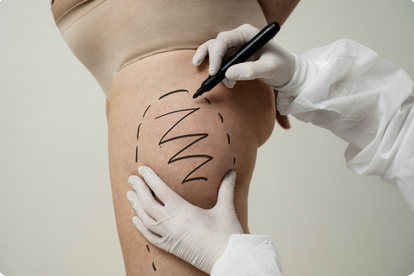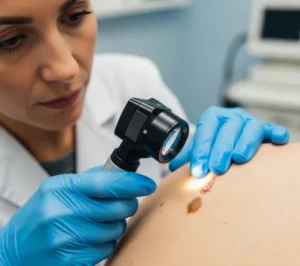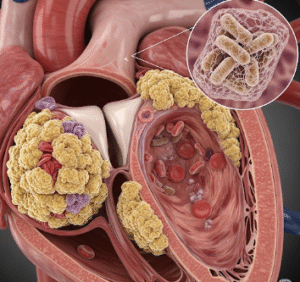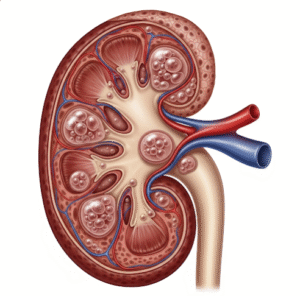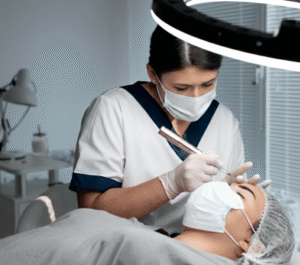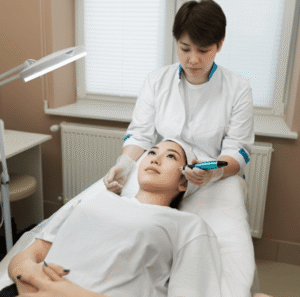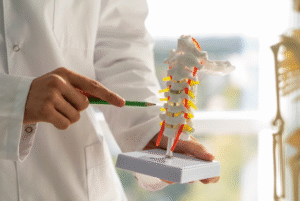What It Is
Cellulite release, also called subcision surgery, is a minimally invasive procedure that targets the fibrous septae (bands of connective tissue) pulling the skin downward and causing the dimpled, uneven surface known as cellulite. By releasing these tethered bands, the skin surface is smoothed and the appearance of cellulite is reduced.
In Korea, subcision for cellulite is performed using specialized needles, cannulas, or advanced devices that cut the fibrous bands while preserving surrounding tissues. The procedure is often combined with fat grafting, laser, or radiofrequency skin tightening for more comprehensive results.
Why It’s Done
Patients undergo cellulite release because:
- They are bothered by visible dimpling on thighs, buttocks, or hips.
- Cellulite makes the skin look aged, irregular, or uneven.
- Non-surgical methods (creams, massages, or devices) have not provided lasting results.
- They want a long-term, structural solution to cellulite.
Good candidates include:
- Women and men with moderate to severe cellulite.
- Patients with good skin elasticity for best results.
- Those in good general health and with realistic expectations.
Alternatives
- Topical creams and massages: Provide temporary improvement but do not correct structural causes.
- Laser or RF treatments: Can improve skin texture but may require multiple sessions.
- Acoustic wave therapy: Improves circulation and elasticity, with temporary results.
- No treatment: For patients not significantly bothered by cellulite.
Preparation
Before cellulite release in Korea, patients will:
- Have an evaluation of skin quality and cellulite severity.
- Undergo medical history review and possibly photography for treatment planning.
- Stop smoking and alcohol 2–4 weeks before surgery.
- Avoid blood-thinning medications and supplements.
How It’s Done
- Anesthesia: Local anesthesia with or without sedation.
- Procedure:
- A fine needle or cannula is inserted under the skin.
- Fibrous septae tethering the skin are cut and released.
- Fat is allowed to redistribute, creating a smoother surface.
- Adjuncts: Fat grafting, laser, or RF devices may be used for enhanced outcomes.
- Duration: 30–90 minutes, usually outpatient.
Recovery
- First week: bruising, swelling, and mild soreness are common.
- Compression garments may be recommended to reduce swelling.
- Most patients return to work in 2–3 days; strenuous activities avoided for 2–3 weeks.
- Results improve over 1–3 months as the skin remodels.
Possible Complications
- Temporary bruising, swelling, or tenderness.
- Irregular correction if fibrous bands are not fully released.
- Overcorrection or undercorrection.
- Rare risks: infection, hematoma, or scar tissue formation.
Treatment Options in Korea
Diagnosis
- Physical examination and cellulite grading (mild, moderate, severe).
- Digital photography and sometimes 3D imaging for planning.
Medical Treatments
- Non-surgical options like massage, creams, or device-based therapies for mild cellulite.
- Lifestyle guidance (exercise, diet) to improve skin tone and circulation.
Surgical or Advanced Therapies
- Subcision with a needle or cannula for structural release of fibrous bands.
- Vacuum-assisted subcision devices for precise cutting and controlled outcomes.
- Combination with fat grafting to fill deeper dimples.
- Adjunct therapies such as fractional laser or radiofrequency to tighten skin.
Rehabilitation and Support
- Compression garment use for swelling control.
- Scar care (minimal, as entry points are very small).
- Follow-up visits to monitor healing and results.
- International patients benefit from Korea’s combination of advanced surgical subcision techniques, skin rejuvenation technologies, and customized treatment planning.

